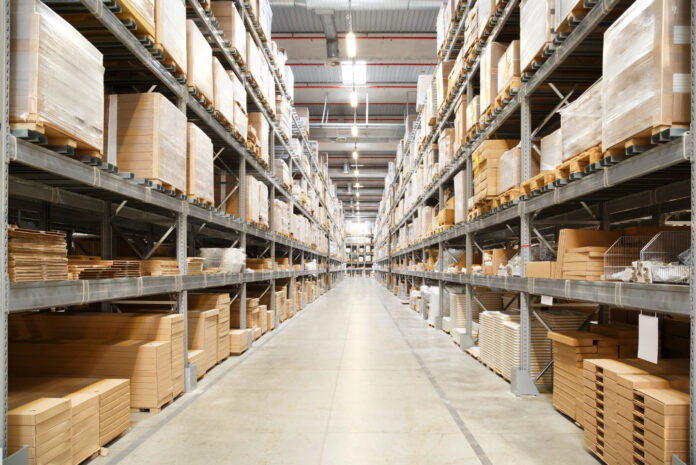The growth of Brazilian e-commerce continues at an accelerated pace. According to the Brazilian Association of Electronic Commerce (ABComm), online sales are expected to reach a revenue of R$ 224.7 billion in 2025, a 10% increase compared to 2024. This projection reflects the increase in order volume, the diversification of sales channels, and consumers' demand for fast and accurate deliveries. This scenario puts pressure on the entire logistics chain, especially warehouses and distribution centers, which are becoming key components in the digital retail engine.
With increased movement, extended shifts, and high product turnover, logistics centers need to operate at maximum efficiency. One of the critical points is lighting: the quality of light directly impacts team productivity, safety in cargo handling, and visibility for reading codes, labels, and sensors.
Energy efficiency and operational safety
According to a survey by the Brazilian Lighting Association (Abilux), replacing old systems with more robust and efficient solutions can generate savings of up to 60% in electricity consumption in warehouses. Furthermore, environments with inadequate lighting are 20% more likely to experience workplace accidents, according to data from the International Labour Organization (ILO).
In this context, manufacturers and logistics operators have been investing in technologies such as high-efficiency LED luminaires, presence sensors, automated light control systems, and IP-rated luminaires for dusty or humid areas. The expectation is that, by 2026, more than 75% of the country's distribution centers will be fully adapted with intelligent lighting solutions, according to projections by the consulting firm Markets and Markets.
Choosing lighting fixtures for warehouses involves criteria such as power, durability, impact resistance, and ease of maintenance. High-performance models help optimize space layout, reduce blind spots, and maintain visual comfort for operators. In regions with greater exposure to dust or temperature variations, such as warehouses in the interior or near industrial areas, the use of sealed housings and anti-corrosion materials is essential.
High-performance logistics requires planning.
With the forecast that more than 435 million purchases will be made in Brazilian e-commerce in 2025, the logistical challenges go beyond warehousing. Fast picking, traceability, and loss reduction depend on fluid operations, and this requires well-lit environments with full product visibility and efficient signage.
Companies that invested in warehouse retrofits, replacing fluorescent or metal halide lamps with automated LED systems, managed to reduce order picking time by up to 40% for large volumes.
Modernizing infrastructure also allows for alignment with ESG goals, since efficient systems contribute to reducing emissions and energy waste. Furthermore, many companies are integrating smart lighting with their building management systems (BMS), enabling real-time monitoring of consumption, faults, and preventive maintenance needs.
Investment with guaranteed return.
Although modernizing logistics lighting requires an initial investment, the return is usually quick. According to Abesco (Brazilian Association of Energy Conservation Service Companies), lighting efficiency projects in industrial environments have an average payback period of 12 to 18 months.
Faced with increased competition and pressure for shorter delivery times, lighting, often neglected, has become a key differentiator for players operating in high-volume e-commerce. By 2025, it is expected to gain even more relevance in the strategic decisions of companies seeking scale, efficiency, and security in their operations.


